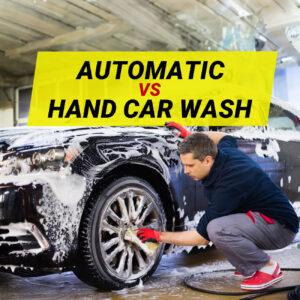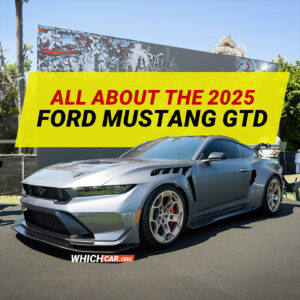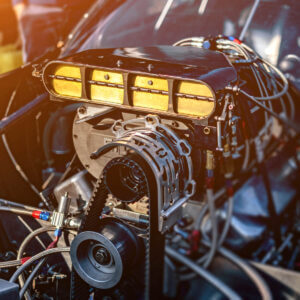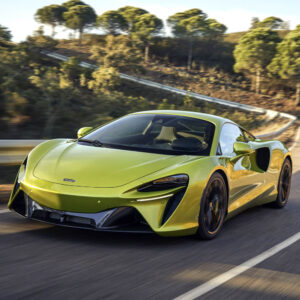What is a Homologation Car?
Short Answer: A homologation car is a street-legal version of a race car, produced in limited numbers to meet the requirements of homologation—a process that ensures the vehicle complies with the regulations of a specific racing series.
Updated: October 4, 2023 // Questions
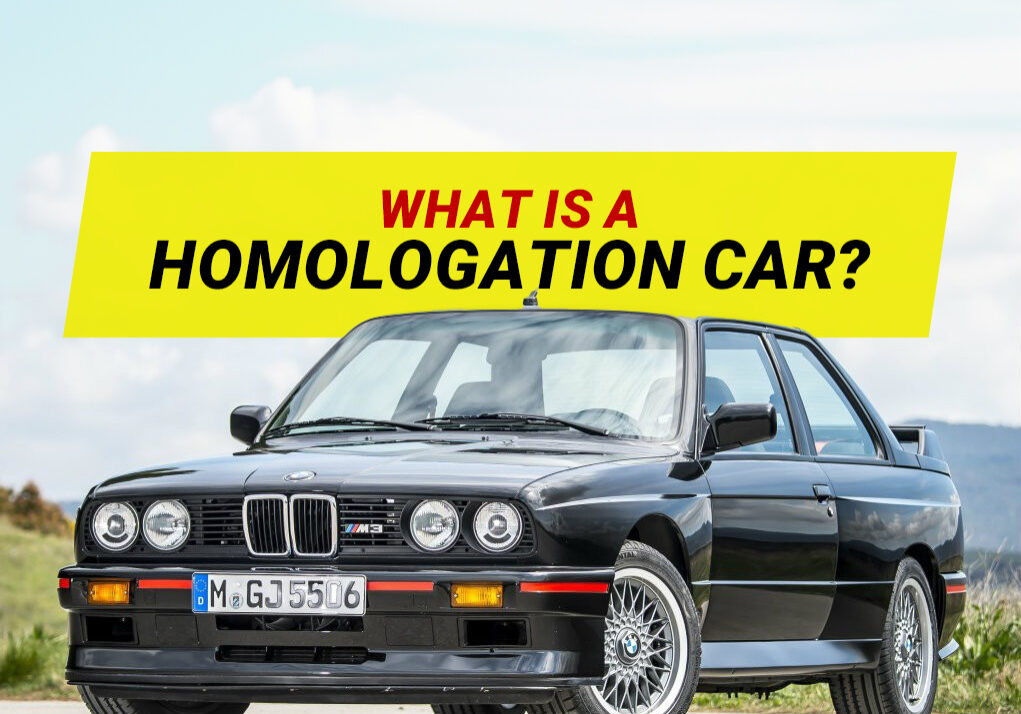
Ever heard the term “homologation car” thrown around in the petrolhead circles and wondered, “What in the world is that?” Dive into the intriguing world where race cars and road-legal machines collide in a symphony of speed and precision! In this article, we’re peeling back the layers of mystery surrounding homologation cars. What are they? Why are they a petrolhead’s dream? And what do they have to do with the blur of a Formula 1 car tearing down the highway? Let’s rev up our engines and embark on this wild ride together!
What is a Homologation Special?
So, what exactly is a homologation car? Picture this: you’ve got a powerhouse of a race car tearing up the tracks, breaking speed records and leaving competitors choking on its dust. Now, imagine if you could take that track beast, throw on a license plate, and unleash it onto the streets—legally! That, my friends, is the essence of a homologation car.
- Definition in a Nutshell: A homologation special is not just a car; it’s a limited-edition, street-legal version born from the DNA of a high-performance race car. The word “homologation” refers to the process of making a car fit the rules of a certain racing series, so it can go from the track to the street without any problems.
- Regulations, Regulations: Why bother with this whole homologation business? Racing series, be it the iconic Group B rally or others, have strict rules about the vehicles that can compete. To level the playing field and keep things fair, they mandate that a certain number of road-legal versions be produced. This process, my friends, is homologation.
5 Examples of Homologation Cars Through The Years
1. Lancia Stratos HF
- Era: 1970s
- Racing Pedigree: Group 4 and Group B Rally
- Why It’s Special: The Lancia Stratos HF is a true legend of rallying. With its distinctive wedge-shaped design and mid-engine layout, the Stratos was purpose-built for the unforgiving world of rally racing. To meet homologation requirements, Lancia produced a limited number of road-legal Stratos cars. These machines, with their Ferrari Dino V6 engines, became iconic symbols of ’70s rally dominance, securing three consecutive World Rally Championships from 1974 to 1976.
2. Ford RS200
- Era: 1980s
- Racing Pedigree: Group B Rally
- Why It’s Special: In the heyday of Group B rallying, Ford unleashed the RS200—a turbocharged, mid-engine beast designed to tackle the most challenging rally stages. To meet homologation rules, Ford had to produce 200 road-legal versions of the RS200. The road cars retained the rally car’s turbocharged powerplant, lightweight construction, and futuristic design. Despite Group B’s eventual demise, the RS200 remains a cult classic, showcasing the audacious spirit of ’80s rally racing.
3. BMW E30 M3
- Era: 1980s-1990s
- Racing Pedigree: DTM (German Touring Car Championship)
- Why It’s Special: The BMW E30 M3 is a prime example of a homologation success story. Born to dominate the German Touring Car Championship (DTM), the E30 M3 became one of the most successful race cars in touring car history. The road-legal version, produced to meet homologation rules, featured flared wheel arches, a high-revving four-cylinder engine, and aerodynamic enhancements. With over 16,000 units produced, the E30 M3 left an enduring legacy both on and off the track.
4. Porsche 911 GT1 Strassenversion
- Era: 1990s
- Racing Pedigree: GT1 Class, 24 Hours of Le Mans
- Why It’s Special: The Porsche 911 GT1 Strassenversion is a road-legal version of the fearsome GT1 race car that dominated the GT class at the 24 Hours of Le Mans. To meet homologation requirements, Porsche had to produce a limited number of street-legal GT1s. The result was a road car with a mid-mounted engine, aggressive aerodynamics, and a design reminiscent of its track-going sibling. With only a handful in existence, the GT1 Strassenversion remains one of Porsche’s rarest and most sought-after creations.
5. Mercedes-Benz CLK GTR
- Era: 1990s
- Racing Pedigree: FIA GT Championship
- Why It’s Special: The Mercedes-Benz CLK GTR stands as a testament to the excesses of ’90s GT1 racing. Built to compete in the FIA GT Championship, the CLK GTR featured a mid-mounted V12 engine and an aerodynamically efficient design. To meet homologation regulations, Mercedes-Benz produced a road-legal version, creating one of the most extreme and exclusive supercars of its time. With just 25 units ever made, the CLK GTR remains a symbol of a bygone era when race cars roamed the streets.
Homologation Car FAQs
1. How Many Homologation Cars Are Usually Produced?
Normally Under 300 Cars.
The number varies, but it’s usually a limited edition—often a few hundred units. The goal is exclusivity, making these cars a rare find on the roads.
2. Are Homologation Cars Practical for Everyday Driving?
Well, define “practical.” They’re not your average grocery-getters, but if you consider a rocket ship with license plates practical, then absolutely!
3. Can Anyone Buy a Homologation Car?
Yes, in Theory.
In reality, with limited production numbers and high demand, getting your hands on one might be tougher than finding a needle in a haystack.
4. Are Homologation Cars Expensive?
Without a doubt. These are not your run-of-the-mill sedans. The exclusivity, performance, and the sheer bragging rights often come with a hefty price tag.
5. Do Homologation Cars Hold Their Value?
Definitely. Cars made for homologation, with their uniqueness and pedigree, are like gold to collectors. This ensures that these cars maintain or even increase in value over time.
6. Can I drive a homologation car on the street?
Absolutely! Homologation cars are road-legal, and that’s part of what makes them so special. You can enjoy the thrill of their performance on public roads.
The Future: Where Does Homologation Go From Here?
Electric Dreams and Beyond
As we look to the future, the question arises—can electric cars be homologation stars? The answer is a resounding yes! With Formula E gaining traction and the shift towards sustainable racing, homologation could take on a new form in the electric era.
- Green Racing Machines: Imagine a world where your electric daily driver shares its DNA with a Formula E racer. The eco-friendly evolution of homologation could bridge the gap between performance and sustainability.
- Autonomous Homologation? As self-driving technology evolves, could we see homologation extending its reach to autonomous vehicles? Picture a road-legal autonomous car that once ruled the robo-race circuits.
Disclaimer: The writers of this article may have used artificial intelligence to help them with some of the material. It should not be a replacement for professional help.




